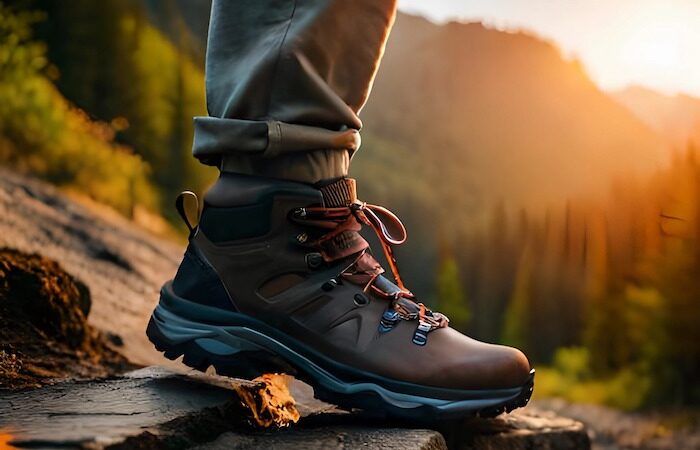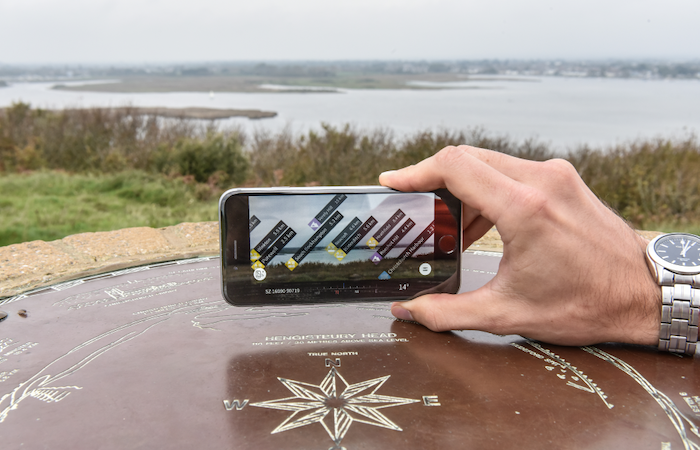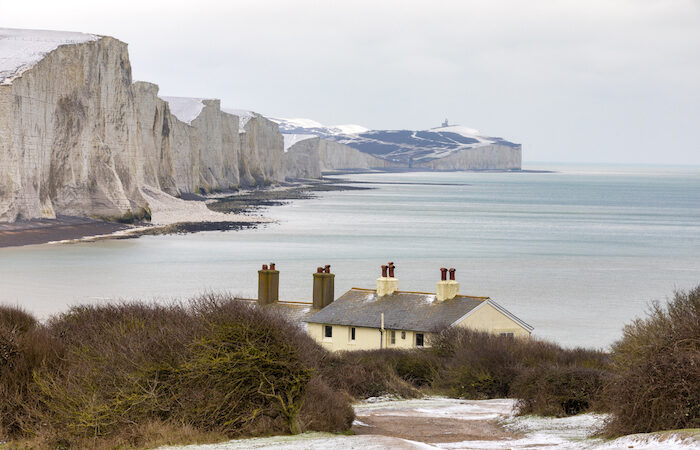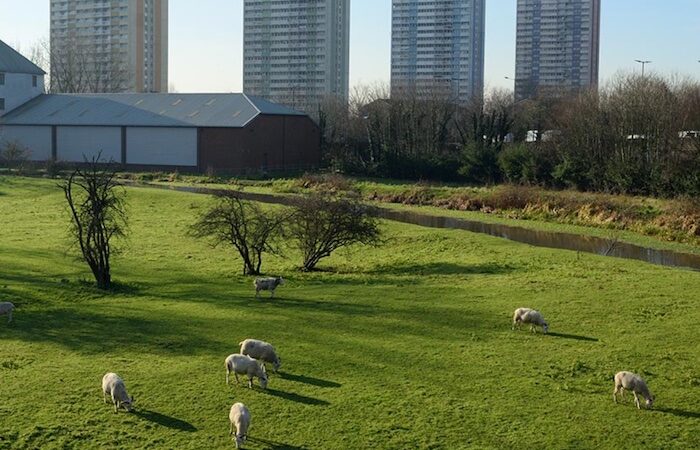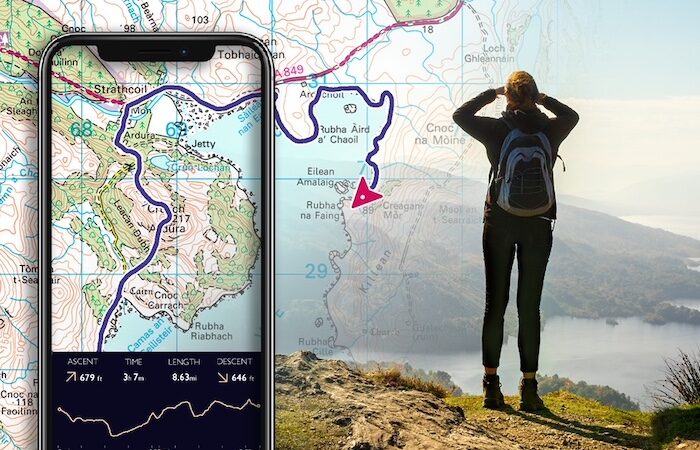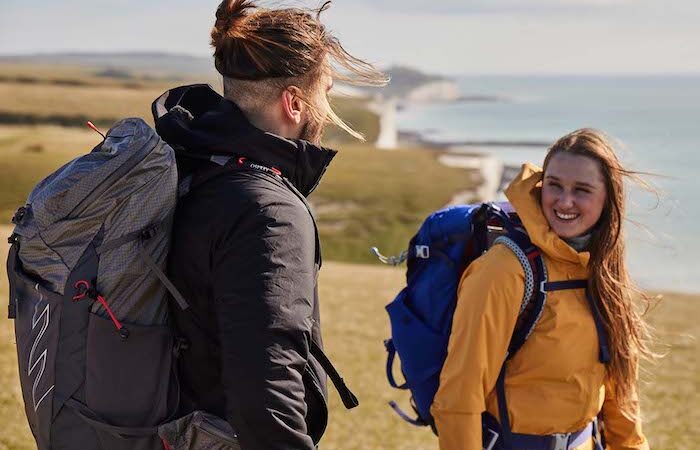Winter layering tips for hiking or running in cold weather
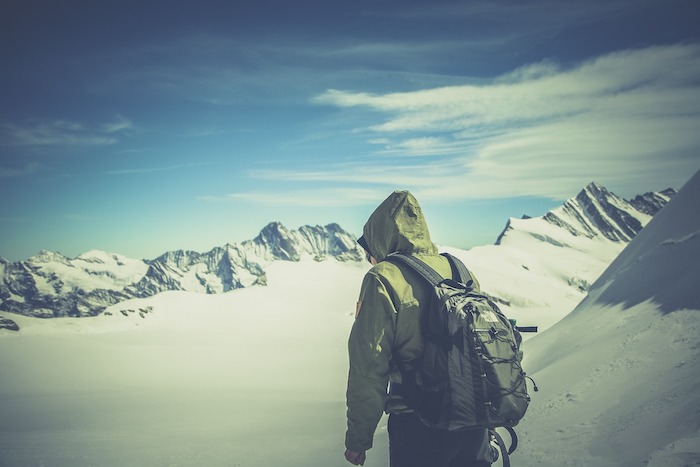
Winter is here – and with it, a sharp drop in temperature, meaning winter layering is essential when adventuring outdoors.
While the summer months may have seen us able to go out for a hike or a run in the hills in shorts and t-shirts, we need to make sure we have enough clothing to keep us warm if we stop moving or are suddenly battered by the elements.
One of the best ways to do this is through layering.
Christian Allen, product expert at Runners Need, and Mark Skelton, in-store expert at Cotswold Outdoor, explain how.
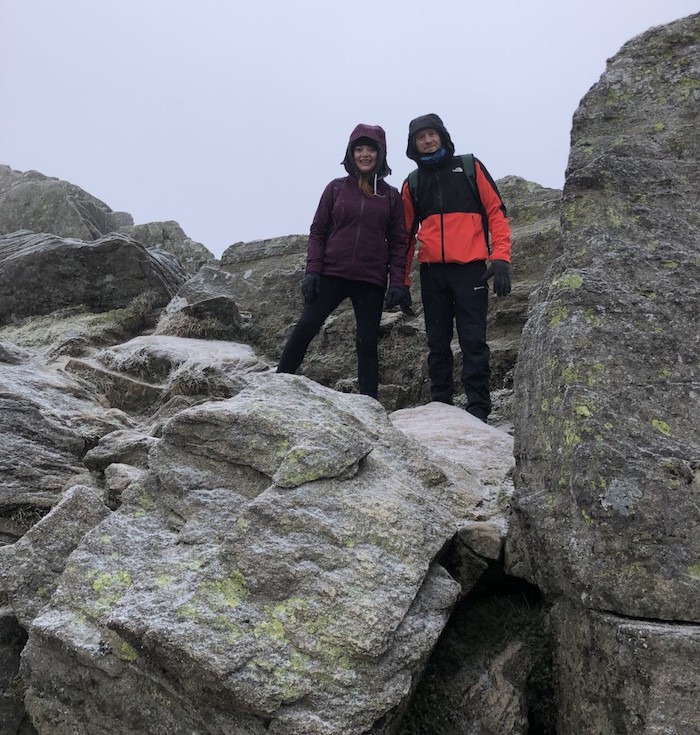
“When looking to stay warm while running in colder weather conditions, there is a fine balancing act to play between making sure you’re wearing enough clothes but not too many that would lead to you overheating while you exercise,” says Christian.
“To make sure you can easily adapt to the changing British weather, you’ll need a layering system that will wick away sweat, while keeping you comfortable.
“Always layer up as if it is 10°C warmer but make sure you take into account wind chill factor too, as it can often make the temperatures outside seem colder than they are.”
What is a layering system?
The best way to remain comfortable when exercising is through a layering system.
“Wearing two to three layers of technical running clothing can trap pockets of body heat between them,” explains Christian.
“This will help keep you insulated and is much better than wearing a single thicker and heavier layer of clothing, which makes it harder to control your temperature.”
Understanding how each of your layers work can help you determine what to wear when you’re headed out on an adventure.
Base layer
“Your base layer is primarily used for moisture management and to help regulate your body temperature,” says Mark.
“Merino wool is very effective as not only is it excellent at insulating and wicking moisture, but it is also antimicrobial, meaning it doesn’t need to be washed so often.
“However, if you’re doing something that is higher intensity, like running, a base layer made from synthetic material may be better as they’re quick drying.”
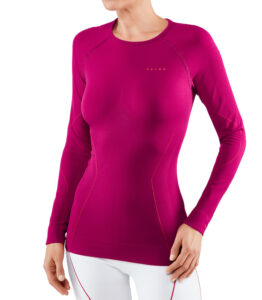
Mid-layer
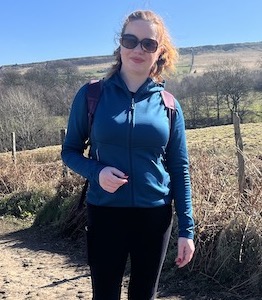
“This layer is used for insulation,” says Mark.
“This is usually a fleece or an insulated jacket; however, it’s essential that whatever you choose is breathable and able to retain heat.
“It’s best to avoid cotton mid-layers as the material tends to retain moisture which will end up making you cold.
“The most important thing is to choose the right level of warmth for your activity and weather conditions.”
Outer layer
“This is the layer that should protect you from the elements, while still allowing moisture and heat to escape to prevent you from overheating,” explains Mark.
“Some of the options to consider are waterproof hard shell jackets, wind-resistant soft shells, which are a lot more stretchy and flexible than hard shells, or insulated jackets that are usually made from synthetic or down.
“However, if wearing an insulated jacket, it’s important to take a waterproof outer layer with you if there is a chance of rain or snow.”
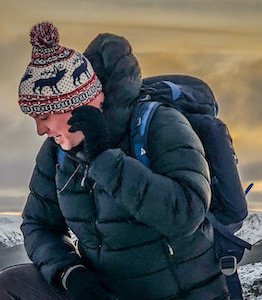
What to wear when walking in cold weather
When you’re walking you need to consider your layers as your temperature fluctuates depending on where you’re going, what the weather is like and how fast you are.
“When going on a hilly walk on a warm but rainy day, there are a couple of layers to keep in mind,” says Mark.
“A comfortable base layer is essential, as well as a second layer to protect you from the weather – either a soft shell which can protect you from the wind as you ascend, or a waterproof hard shell jacket which you can easily carry and reach for when the rain begins.
“However, if you’re going on a hilly or mountain hike on a cold, rainy and windy day, you should also incorporate an insulating mid-layer into the mix.
“When it’s really cold, this should be a synthetic fill jacket, or a down jacket if it isn’t going to rain.”
What to wear on a run when it’s cold
Looking at what the temperature is outside will help you determine what kit to wear.
“If it’s 10-12°C outside, it will feel like 20°C when you’re running, so running tights or running shorts with a long sleeve top will be best,” says Christian.
“If it’s 5°C outside, it will feel like 15°C when you’re running, so tights with a technical base layer and a lightweight long sleeve running top should be enough.
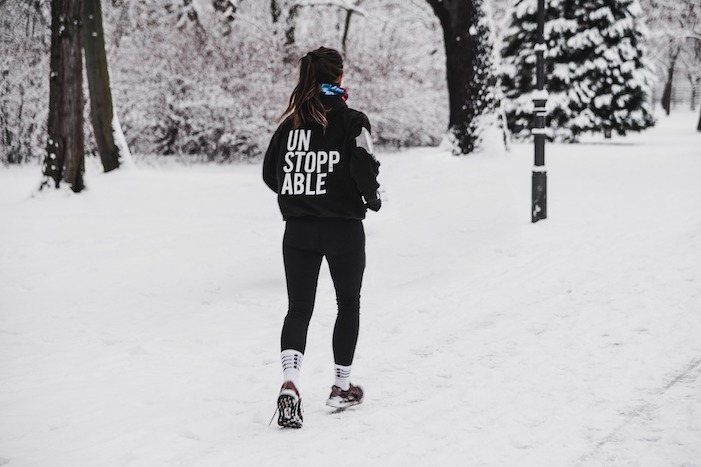
“If it’s 0°C, it will feel like 10°C when you’re running, in which case you’ll probably need to wear thermal running or compression tights, together with a technical base layer and long sleeve top.
“And if it is -2°C outside, it will feel like 8°C when running, so opt for winter-weight running tights, base layer, long sleeve top and waterproof or windproof jacket.
“Having something that will protect your head and hands will also make your run more comfortable.”
Cotswold Outdoor and Runners Need are passionate about helping everyone make the right choice and find the best kit for their needs. For more information and expert advice or to find your nearest store, visit runnersneed.com or cotswoldoutdoor.com.

